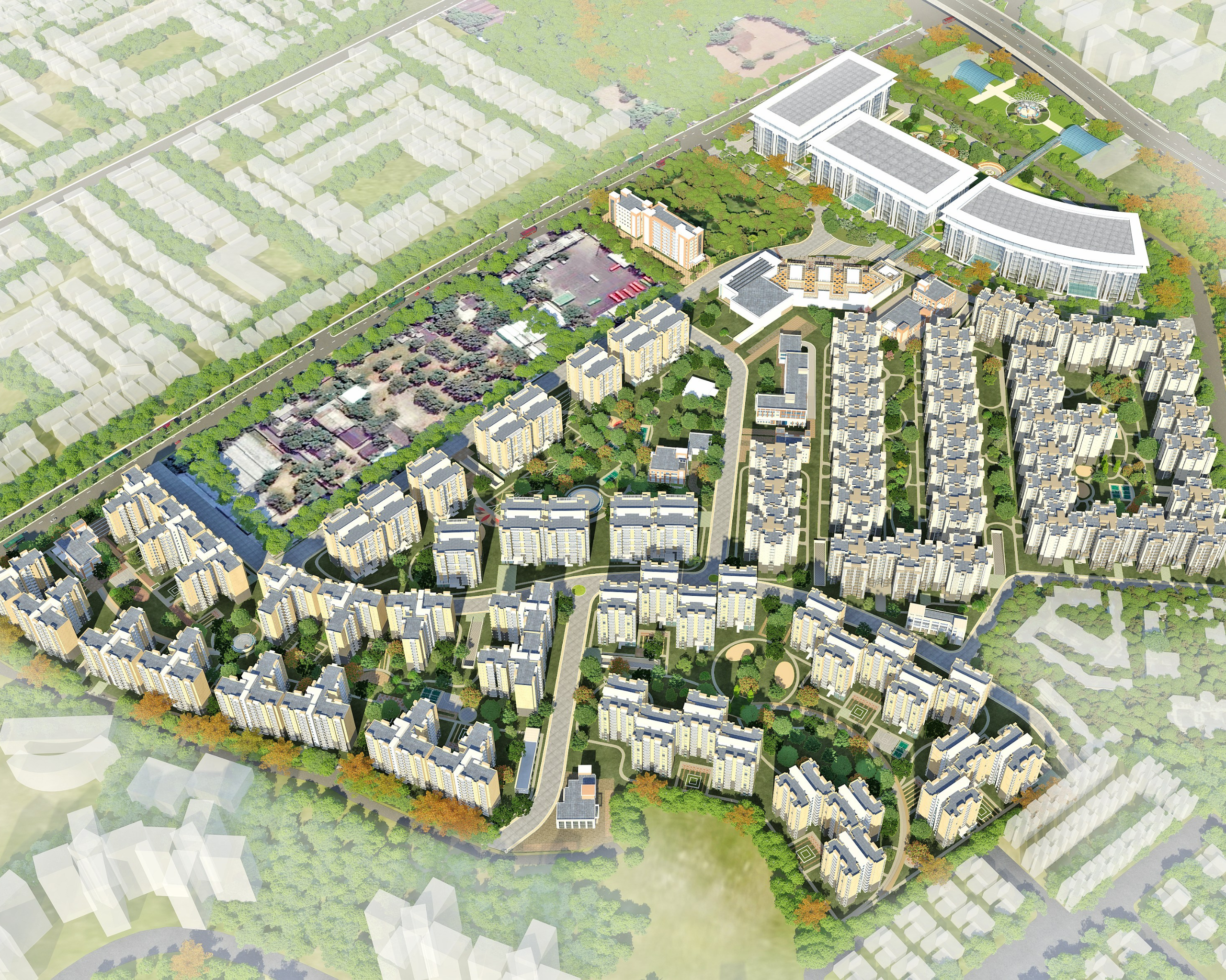Building Livable Cities: Innovative Strategies for Urban Housing Development

India’s urban population is expected to reach 600 million by 2030, making it the fastest-growing urban population in the world. With more people moving to cities in search of better opportunities, the need for adequate housing has become increasingly urgent. However, many traditional housing development models are unable to meet the demands of India’s urban population due to cost, lack of resources, and limited space.
Due to India’s rapid urbanisation, the lack of affordable housing options has led to the proliferation of slums and informal settlements, resulting in inadequate living conditions for a significant proportion of the population. According to the National Real Estate Development Council (NAREDCO) report, India requires approximately 18.78 million affordable housing units to meet the current demand. Therefore, innovative urban housing development strategies are needed to address this challenge to provide affordable, sustainable, and livable housing solutions.
The Indian government has taken steps to address the issue of affordable housing by launching various schemes such as the Pradhan Mantri Awas Yojana (PMAY), which aims to provide affordable housing for all by 2022. However, the current supply of affordable housing in the country is limited, with only a few projects that can cater to the needs of the masses. While the government’s PMAY scheme has created a steady supply of affordable housing, the demand for housing continues to outpace supply.
In addition to promoting low-cost housing models and sustainable materials, modern construction techniques can significantly revolutionise urban development and benefit smart city development. For instance, using precast technology, which involves the fabrication of building components off-site, reduces construction time and costs while also improving the quality of the building.
To further meet this challenge, it is essential to implement affordable and sustainable urban housing, such as modular housing units, which can be assembled quickly and inexpensively. Another design method could involve building high-rise buildings incorporating green spaces, such as vertical gardens or rooftop parks. These green spaces can improve air quality, mitigate the urban heat island effect, and provide residents with much-needed green space in densely populated areas. Furthermore, using prefabricated materials and construction techniques can reduce building costs and improve construction quality. By leveraging these innovative design strategies and methods, India can address the issue of affordable housing while also promoting sustainability and livable urban environments for its residents.




